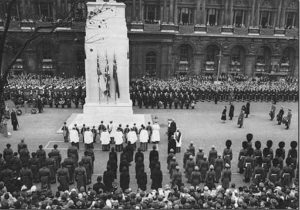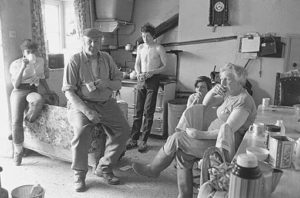I’ve just finished the Open University free short course on Reading Visual Images, which is linked to the TV series The Age of the Image. Posing the question, ‘What does a picture or an image tell you?’, the course is an introduction to analysing and interpreting photographs as social data that provide visual evidence to illustrate and support our ideas about society.
The course is structured in four modules: images and history; social science approaches to the documentary photograph; photographs and social science concepts; and photography and truth. The course aims to achieve three learning outcomes, the ability to: see how images can be analysed and interpreted; understand how images can be used to express uncertainties; and recognise examples of images that show change and social and cultural diversity.
Over the years I’ve become fairly used to looking at photographs and discussing them in range of fora. I found this course helpful in focusing on the factual evidence contained in photographs and seeing then in a social science rather than an art context. A starting point is the importance of the photograph as the physical trace of an actual event. There are some key questions. What is the information in the image? Who produces the image and who has control? What’s the context in which the picture is taken and used? What material complements the photograph? What are the conventions (values, norms, symbols and visual language) through which the picture is viewed? What’s left out, has the image been manipulated and do we trust the photographer/publisher?
Find the course at www.open.edu/openlearn/people-politics-law/politics-policy-people/sociology/reading-visual-images



